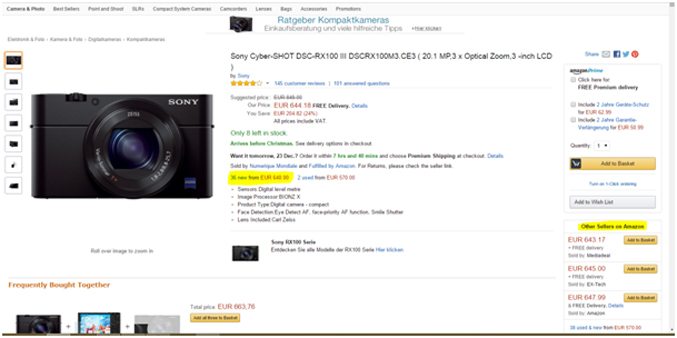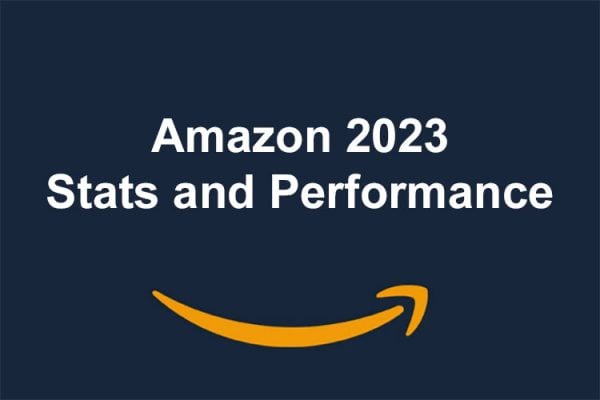Welcome to the second article in Intercultural Elements (ICE) series aimed at helping retailers expand their online sales abroad. We have already published the introduction and the first article, Cross Border Trade: The first steps are knowing where to go.
Today ICE look at piggybacking existing Amazon listings as you start to expand internationally:
Once you’ve identified your target markets, the next step to international expansion is figuring out how to get your products up and running!
Getting started with International Selling
One of the simplest and most cost effective ways to start selling internationally is to piggyback onto existing Amazon listings. Piggybacking allows you to initiate sales in a new market almost immediately without any major start-up efforts, minimizing your risk and allowing your brand to develop a reputation from those all-important ratings. All without the typical upfront investment.
So what is piggybacking?
Piggybacking is the process of becoming an ‘additional seller’ on the Amazon marketplaces.

You can see from the example above that the same product is being sold by mulitiple vendors, all with varying rates, ratings and membership types. The similarity though is the listing; this product is advertised with the same image, title and description for each vendor. Additional vendors have simply piggybacked on the original seller’s listing, completely avoiding that side of the initial setup.
Amazon will generally rank these listings based on ratings, followed by price. Basically, it’s an opportunity for your business to get exposure, allowing you to start getting sales and ratings to your account. With this toe-in-the-water approach, you can get a feeling for the potential success of your products as you begin to prepare for a more active international expansion.
The obvious disadvantage of this method though, is that it requires buyers to be experienced enough with Amazon to know to look for the ‘Other Sellers’ option, which often leads them to products at a lower price point. The next disadvantage is that the buyer will need to prioritise saving a few pounds/euros/dollars, over purchasing from an ‘unknown’ (i.e. unrated) seller. Some will, some won’t!

So how do you piggyback?
First things first, you’re going to need to know which ASINs already exist on Amazon. You can do this manually or use a tool like ICE’s Amazon Scout. Afterwards, a really minimal amount of information is required, just the selected ASIN, title, price, and condition. All of this can be fed to Amazon directly through Seller Central, or from your listing tool feed. Amazon will then automatically track the information from the ASIN and match it to the relevant listing in order to setup your piggybacking.
If you’re looking for an easy and effective way of getting your products into a new region, piggybacking is definitely an option worth looking into. Another potential expansion approach is to expand to less saturated markets, allowing you to maximise your sales volume with methods including piggybacking, as well as more active approaches, which we will explore further in the next of these articles.










